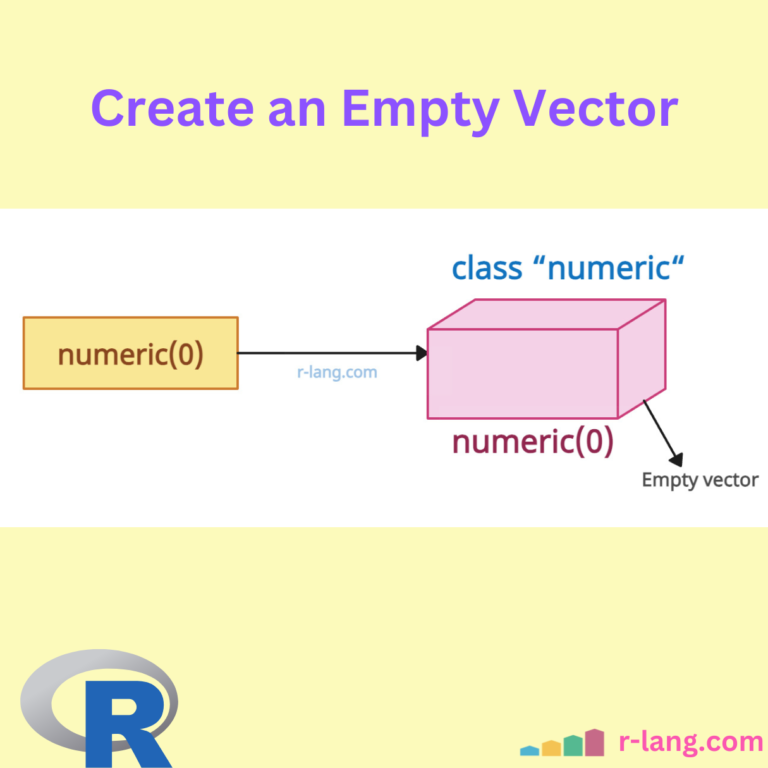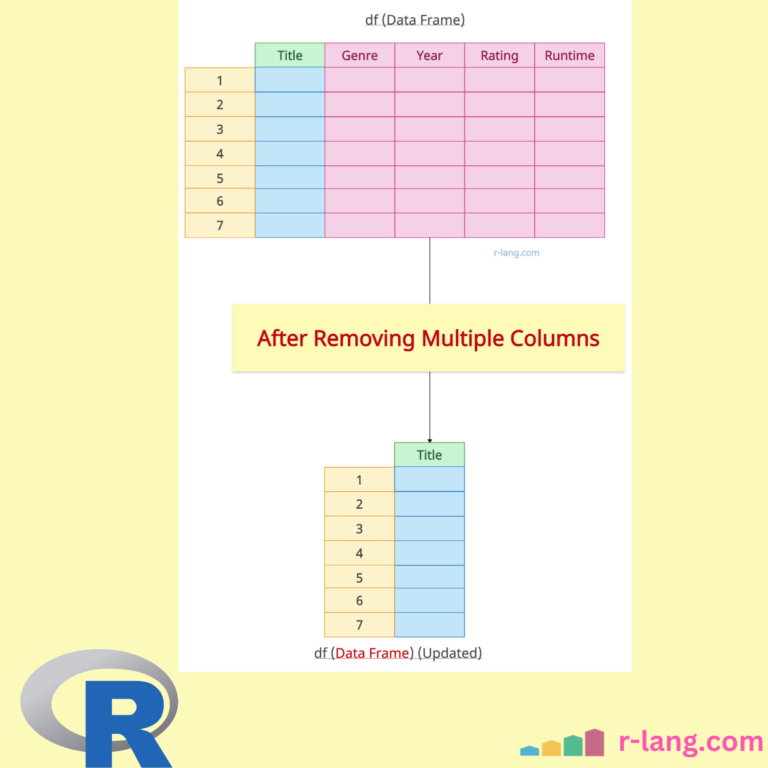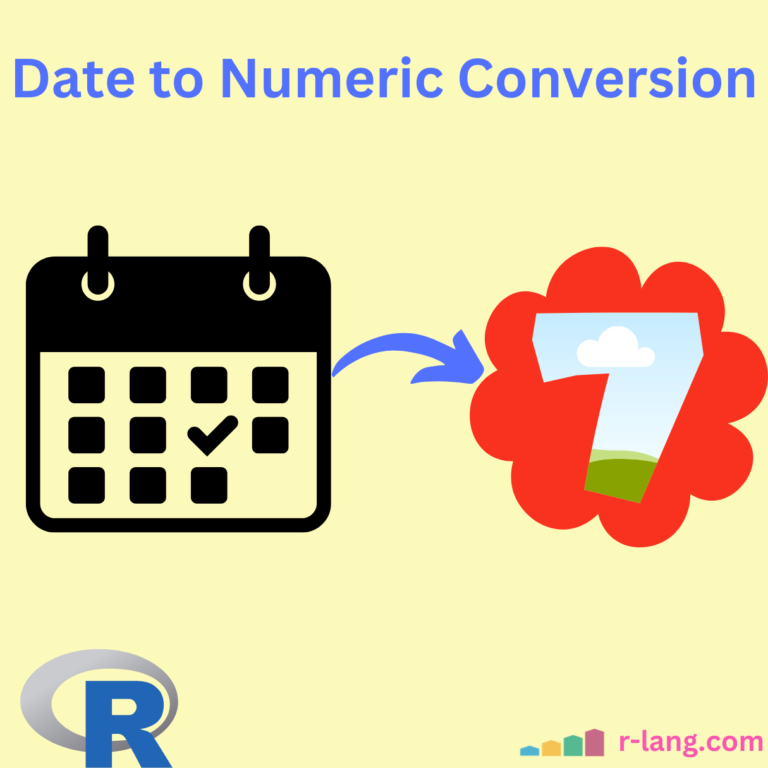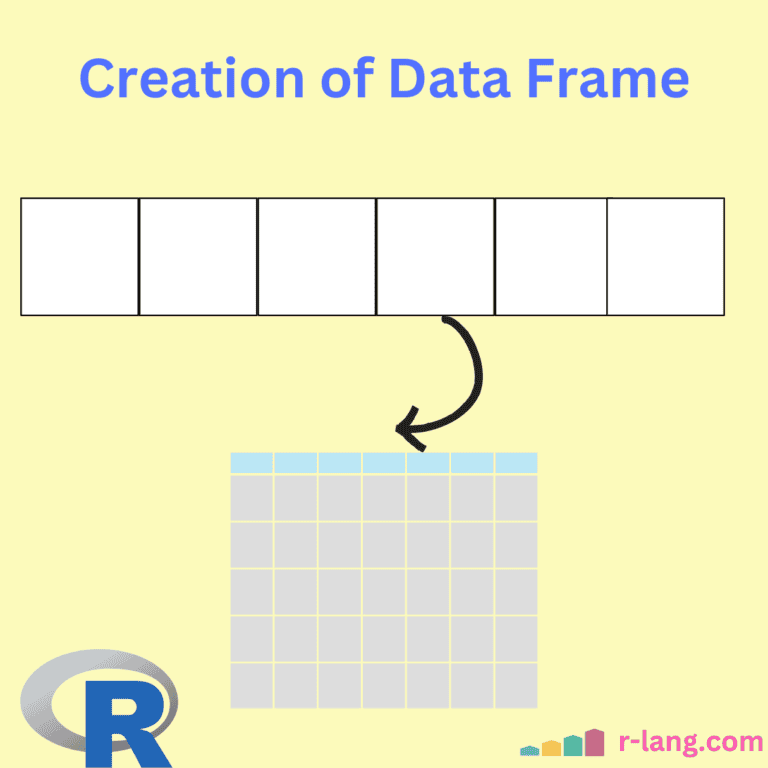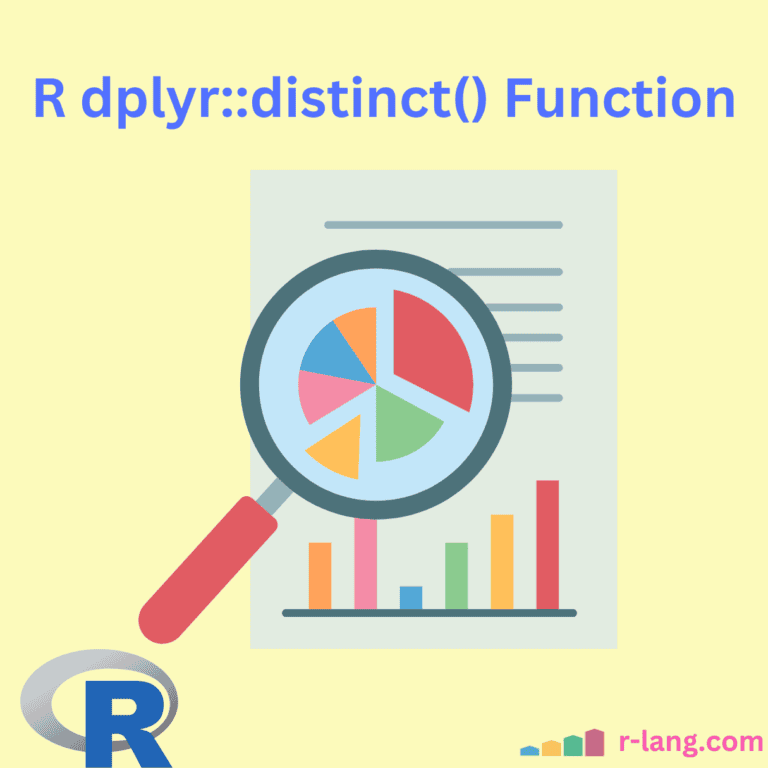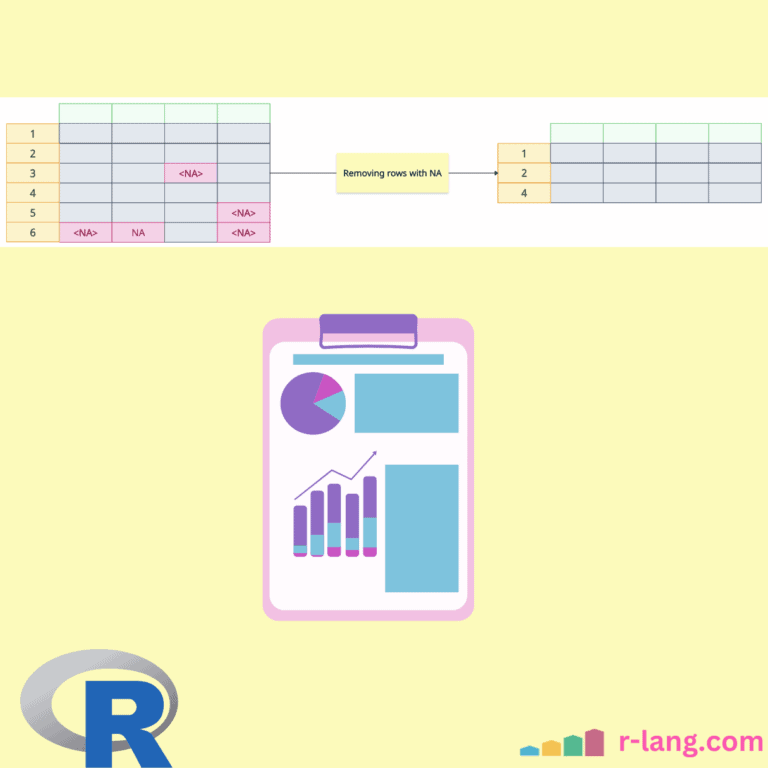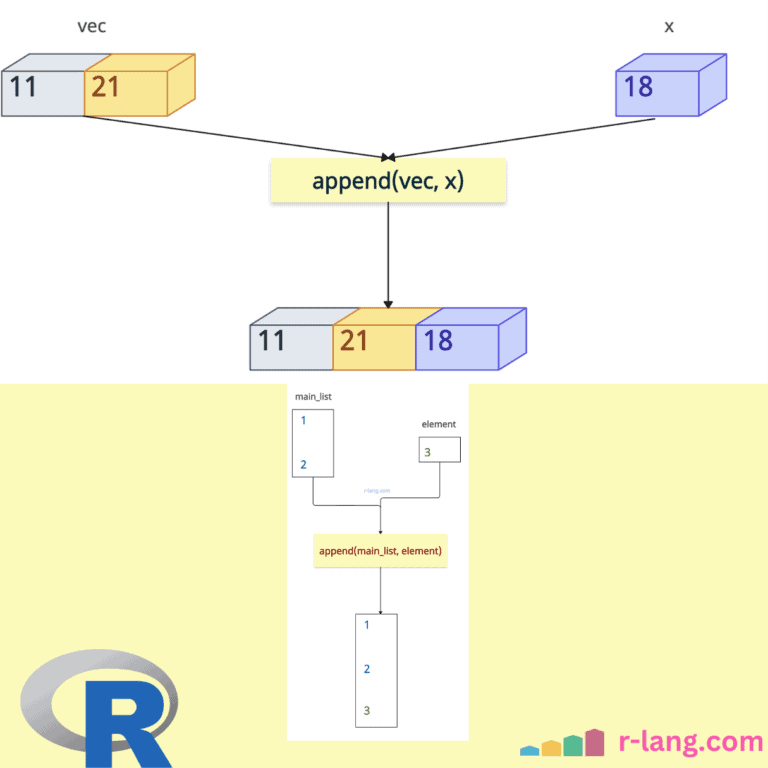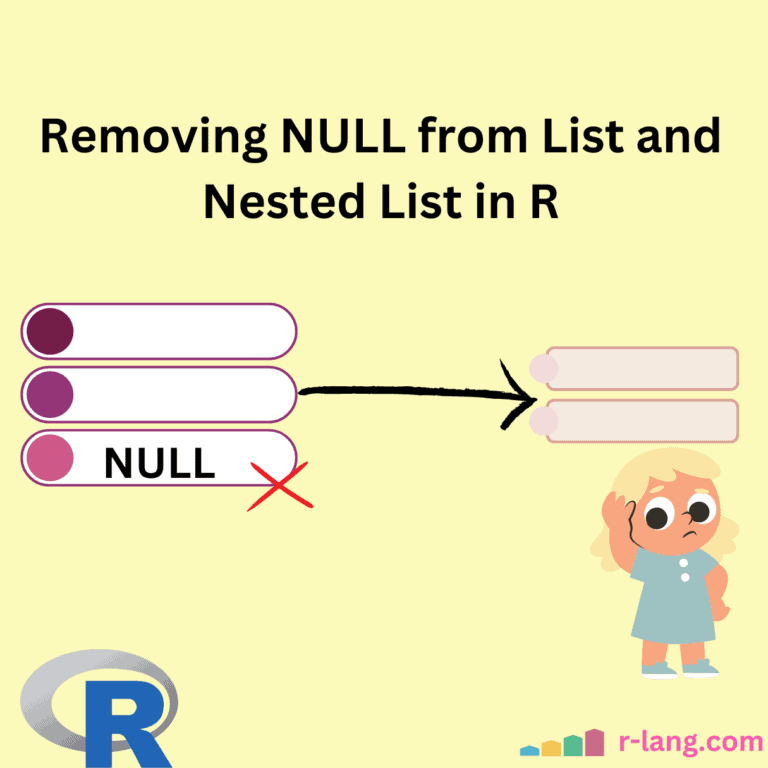How to Create an Empty Vector and Append Values in R
R vectors are atomic, meaning they contain homogeneous data types. They are contiguous in memory. Here are some of the best approaches for vector initialization and appending values in the future: Using type-specific functions The most efficient and quickest way to create an empty vector is to use type-specific functions like numeric(0), which will return … Read more

